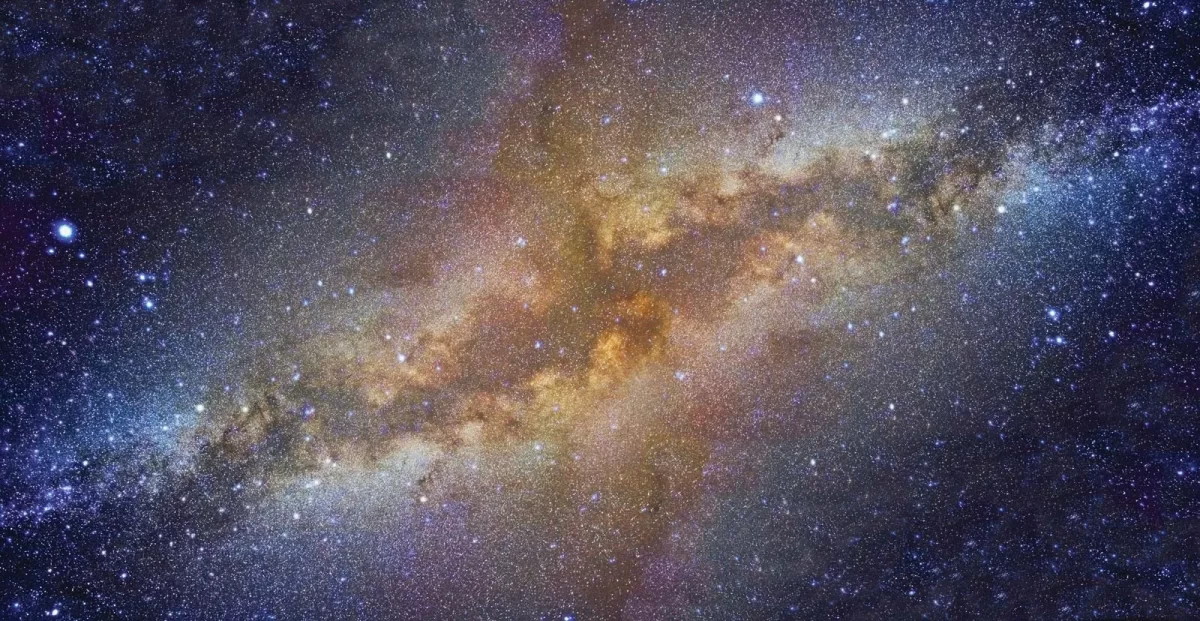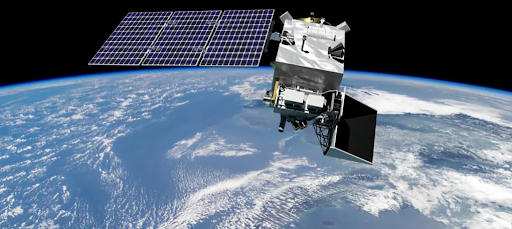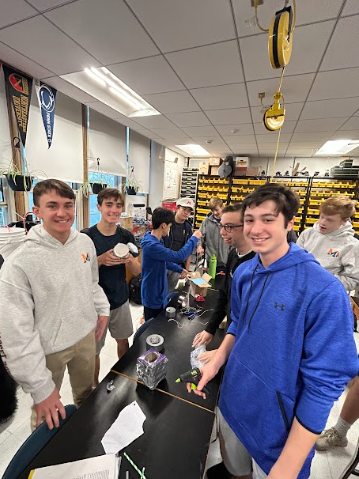A large star has been spotted on the outskirts of the Milky Way that has a very similar resemblance to our own galaxy. This new phenomenon has sparked the interests of many astronomers and all have one question that still lingers:
Is there human life? Or, at least, can there be?
That question will never have a finite answer until more information is uncovered, but these new discoveries have prompted new theories. According to estimates, the new galaxy, dubbed Ceers-2112, formed around the same time as the Big Bang. De la Vega claims that two course-changing pieces of information can be learned from this new galaxy, including the position of dark matter in the creation of galaxies and how galactic bars can be determined in an universe when it is juvenile, which would change the astronomic world as we know it.
Galactic bars are extremely rare among galaxies of such age, so the discovery of one would be revolutionary to how astronomers tackle new galactic observations. Astronomer Alexander de la Vega’s take on this topic would provide new information for the entire astronomy world: “The bar in Ceers-2112 suggests that galaxies matured and became ordered much faster than we previously thought, which means some aspects of our theories of galaxy formation and evolution need revision.” This discovery will alter astronomical theories to come due to the fact that matured galaxies could contain traits that were previously unknown. This new discovery of a galactic bar in such an old galaxy will help prompt other bars in billion old galaxies to be found as well.
Ceers-2112 is a barred spiral galaxy, which is the same shape as our galaxy, The Milky Way. Although it is numerous light years away, the galaxy shares many components with other galaxies, while also having new characteristics; such as the development of the galactic bar at such a high redshift. According to De la Vega and other astronomers, this should not be the case. In fact, before this discovery, it was not thought of to be possible. De la Vega states that, “Bars are supposed to develop in dynamically cold stellar disks at low redshift, as the strong gas turbulence typical of disk galaxies at high redshift suppresses or delays bar formation.” It was not only this new piece of information that sparked interest of astronomers around the globe, but the discovery that Ceers-2112 was not some galaxy that looked like the Milky Way.
In fact, many dug deeper and uncovered striking similarities between Ceers-2112 and our own galaxy, The Milky Way. These groundbreaking discoveries include how similar the stars that we revolve around really are. For example, the supernova that Ceers-2112 is centered around has an equivalent mass to the Sun in the Milky Way. This, along with other valuable information led astronomers to draw theories about this galaxy dating back to the Big Bang, which is the possibility that Ceers-2112 can be considered a progenitor of the galaxy that we call home.
This claim is just a theory, but with new information, the possibility that other forms of life similar to life on Earth might be only a handful of light years away is not a ridiculous statement.








